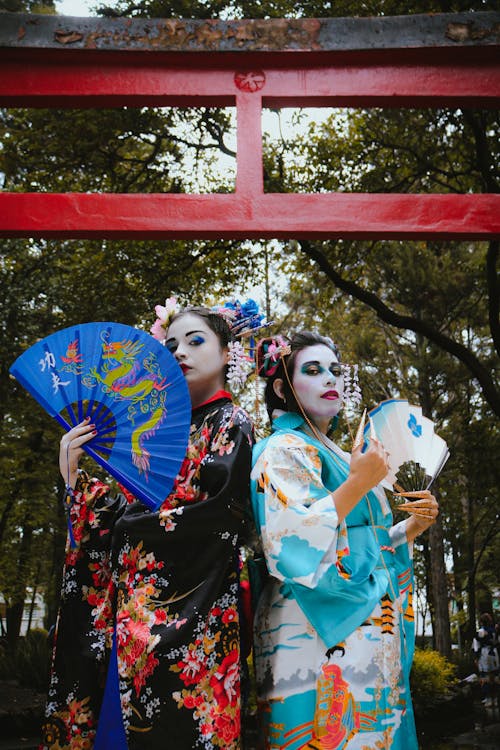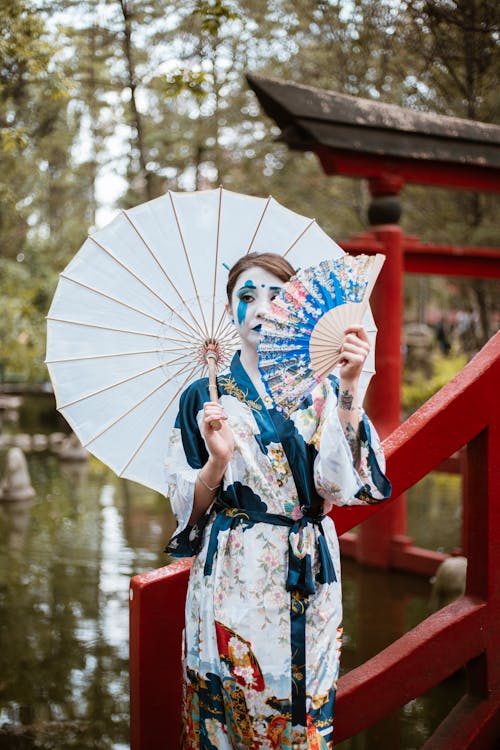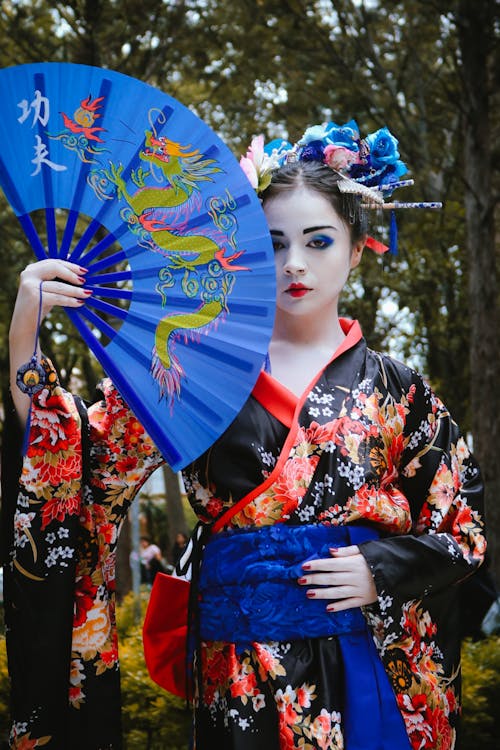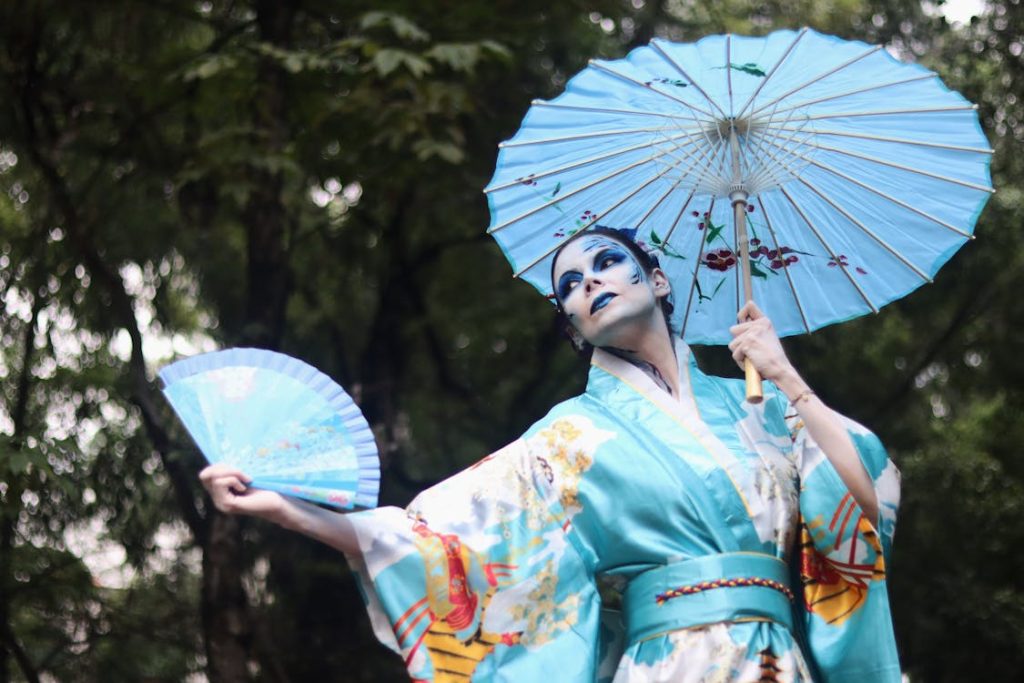Best Traditional Clothing Bands The Rich Cultural Legacy 2024

Traditional clothing offers a glimpse into the rich heritage, values, and history of various regions around the world. These garments are often more than just pieces of fabric; they symbolize identity, cultural pride, and social structure. From ceremonial attire to everyday wear, traditional clothing is woven into the fabric of cultures globally. This article explores traditional clothing across different continents and the unique role it plays in society.
Thank you for reading this post, don't forget to subscribe!
The Cultural Significance of Traditional Clothing
Traditional garments often carry deep symbolic meaning. Whether it’s the intricate embroidery of Chinese qipaos or the bold patterns in African kente cloth, these garments reflect the customs and history of their wearers. Traditional clothing is often passed down through generations, adding historical value to its aesthetic beauty.
Traditional Clothing in Asia
China The Elegance of the Qipao
One of the most iconic pieces of traditional Chinese attire is the qipao (or cheongsam). Dating back to the Qing Dynasty, this close-fitting dress represents elegance and grace. The qipao is traditionally made from silk and adorned with intricate embroidery, symbolizing everything from good fortune to prosperity. Although modernized versions of the qipao exist today, the traditional form remains a popular choice for weddings, festivals, and official ceremonies.
India The Timeless Saree
India is home to a vast array of traditional clothing, but the saree remains one of the most prominent symbols of Indian culture. A saree is typically a long piece of cloth, about 5 to 9 yards in length, draped elegantly around the body. What makes this garment unique is the diverse ways it can be worn, varying significantly across India’s different regions. Whether crafted from silk, cotton, or chiffon, the saree represents femininity, modesty, and grace. Paired with a blouse and a petticoat, the saree is worn for both casual and formal occasions.
Traditional Clothing in Africa
Ghana The Royal Kente Cloth
The kente cloth is an iconic part of Ghanaian traditional wear. This vibrant, colorful fabric is often worn during significant events, such as weddings, funerals, and royal ceremonies. The kente cloth is not just aesthetically pleasing; its intricate patterns and bold colors represent philosophical concepts, historical events, and moral values. Different colors symbolize different meanings—gold represents status and serenity, green symbolizes renewal, and blue signifies peace.
Nigeria The Versatile Buba and Wrapper
In Nigeria, traditional attire varies by region, but the buba and wrapper are widely recognized. For women, the buba is a loose-fitting blouse paired with a wrapper (a rectangular piece of cloth wrapped around the waist). Men typically wear a buba and sokoto, a type of pants. These garments are usually crafted from luxurious fabrics like lace, brocade, and aso-oke, a hand-woven material popular among the Yoruba people. The attire reflects social status, with more elaborate designs and fabrics worn for significant events.
Traditional Clothing in Europe

Scotland: The Iconic Kilt
The kilt is synonymous with Scottish culture. Made from woolen cloth in a tartan pattern, kilts are traditionally worn by men. Each clan in Scotland has its own unique tartan pattern, symbolizing the wearer’s heritage. The kilt is typically paired with a sporran (a pouch), a sgian-dubh (a small knife worn in the sock), and a kilt pin. Though kilts are often worn during special occasions today, such as weddings or Highland games, they have a rich history as the traditional garment of Scottish Highlanders.
Eastern Europe The Vyshyvanka of Ukraine
The vyshyvanka is the traditional embroidered shirt of Ukraine, worn by both men and women. The embroidery on the vyshyvanka varies depending on the region, with certain patterns representing family heritage, prosperity, or protection against evil. Often made from linen or cotton, the vyshyvanka is not just a garment but a national symbol of Ukrainian identity. The shirt is usually worn on Vyshyvanka Day, a holiday celebrated to honor this traditional attire and its cultural significance.
Traditional Clothing in the Americas
Mexico: The Colorful Charro Suit
The charro suit, with its detailed embroidery and silver adornments, is a significant part of Mexican heritage. Initially worn by Mexican cowboys or charros, this attire is now commonly associated with mariachi musicians and is worn during festive occasions. The charro suit is often paired with a sombrero and is richly decorated with intricate patterns that reflect Mexican artistry. These suits are made from a variety of fabrics, including cotton and suede, and are considered a symbol of Mexican pride.
Peru: The Traditional Poncho
In the Andean regions of Peru, the poncho is a staple of traditional clothing. Worn by both men and women, the poncho is made from wool and designed to protect against the cold mountainous climate. The bright, vivid colors and patterns of Peruvian ponchos symbolize the region or community of the wearer. Each poncho is handwoven, making it a unique and valuable piece of Peruvian culture.
The Importance of Preserving Traditional Clothing

As globalization continues to influence modern fashion, traditional clothing faces the risk of being forgotten. However, many communities are actively working to preserve their traditional attire. These garments are often worn during cultural festivals, weddings, and other important ceremonies, helping to keep traditions alive. Traditional clothing serves not only as a link to the past but also as a way for people to express their cultural identity in a modern world.
The Future of Traditional Clothing
Although fashion trends may evolve, traditional clothing remains an enduring part of global cultures. Many designers are now incorporating traditional elements into modern styles, blending the past with the present. This fusion ensures that traditional garments continue to play a role in contemporary fashion while honoring their rich historical significance.
